 London's Old Churchs
London's Old Churchs
A fascinating link with the past
Whether you are of a religious persuasion or just interested in some of the beautiful medieval architecture available in London today – then the London Church trail is for you (it doesn't actually exist but it should do). I just walked around the City of London one rainy day and ‘happen-stanced’ upon a few great examples. Here are just a few of them,
Temple Church:
The home of the Knights Templar was made famous by the Da Vinci Code. One of only four round churches in England (it was modelled on Solomon’s temple in Jerusalem), it features stunning vaulted ceilings and effigies of medieval kings and some of the great warrior-monks themselves. The church was consecrated in 1185 by the Patriarch of Jerusalem in a grand ceremony. Whilst today the walls seem bare, prior to the Reformation colourful patterns, banners and paintings would have adorned the church. Temple Church is open to visitors’ weekdays 10-4 and charges £5.00 for admission for over 16 years.
St Margaret Lothbury:
This is a Church of England parish church with roots back to the 12th century. The current church was rebuilt following the Great fire of London by Sir Christopher Wren. The 17th and 18th century furnishings and adornments, and the organ completed by George England in 1801 are considered are key features to admire within this Church. It is home to a number of livery companies and is a very active and living church. You can visit to worship or peacefully reflect from 7 am to 5 pm weekdays.
St Olave:
This church is a beautiful medieval church dating from the mid 15th century in the heart of London. It was built on the site of the Battle of London Bridge, where the patron saint of Norway, King Olaf II died fighting the Danes alongside the English king. The woman Sir William Penn (father of the founder of Pennsylvania) saved the church from the Great Fire of London in 1666 by blowing up surrounding buildings in order to create a fire break. Samuel Pepys, the famous diarist is buried next to his wife in the Nave. Approximately 300 plague victims were buried in the church yard including the woman who was widely acknowledged for bringing the plague into London. The church suffered serious bombing in the Blitz, but was restored to its original state in the 1950’s. Today you can visit it on weekdays from 9-5.
St Bartholomew-the-Less:
The fascinating parish church of St Barts Hospital which is one of London’s most well-known hospitals was founded by monks in the 12th century. It is unique in being the only church in England to be both a hospital chapel and a parish church. The Church itself dates from the 1400s, although it has been restored and repaired, after rotting, and being bombed during the Blitz. Although it is overshadowed by its grander neighbour St Barts the Great, it’s definitely worth a visit. St Bartholomew’s the Less is a wonderfully light and airy church with large windows and stunning vaulted ceilings. And if you are passing by, then the St Barts Hospital Museum, which has free admission is close by.
There are really so many of these wonderful buildings (within walking distance of where you are staying) that you will be spoiled for choice
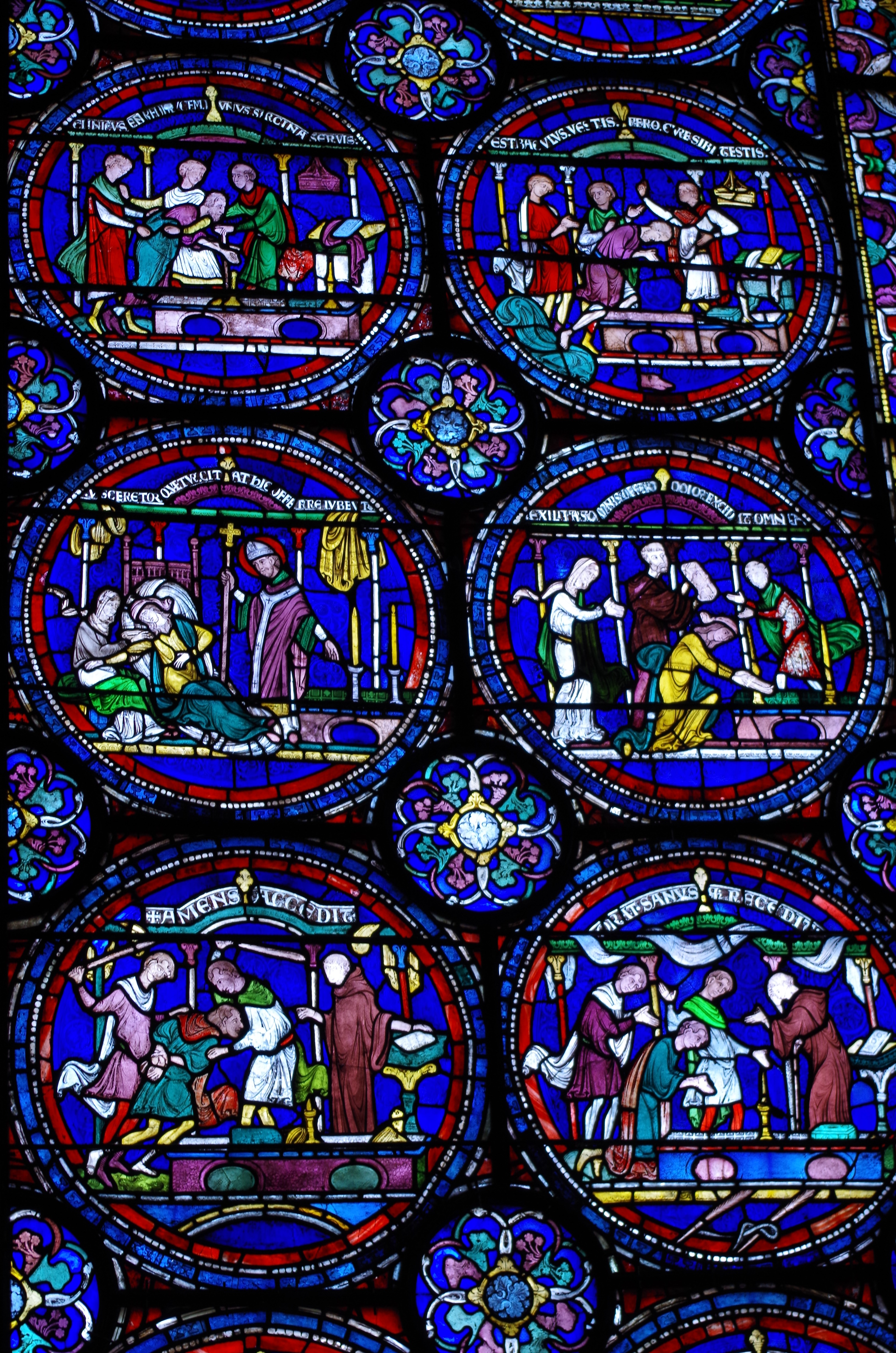
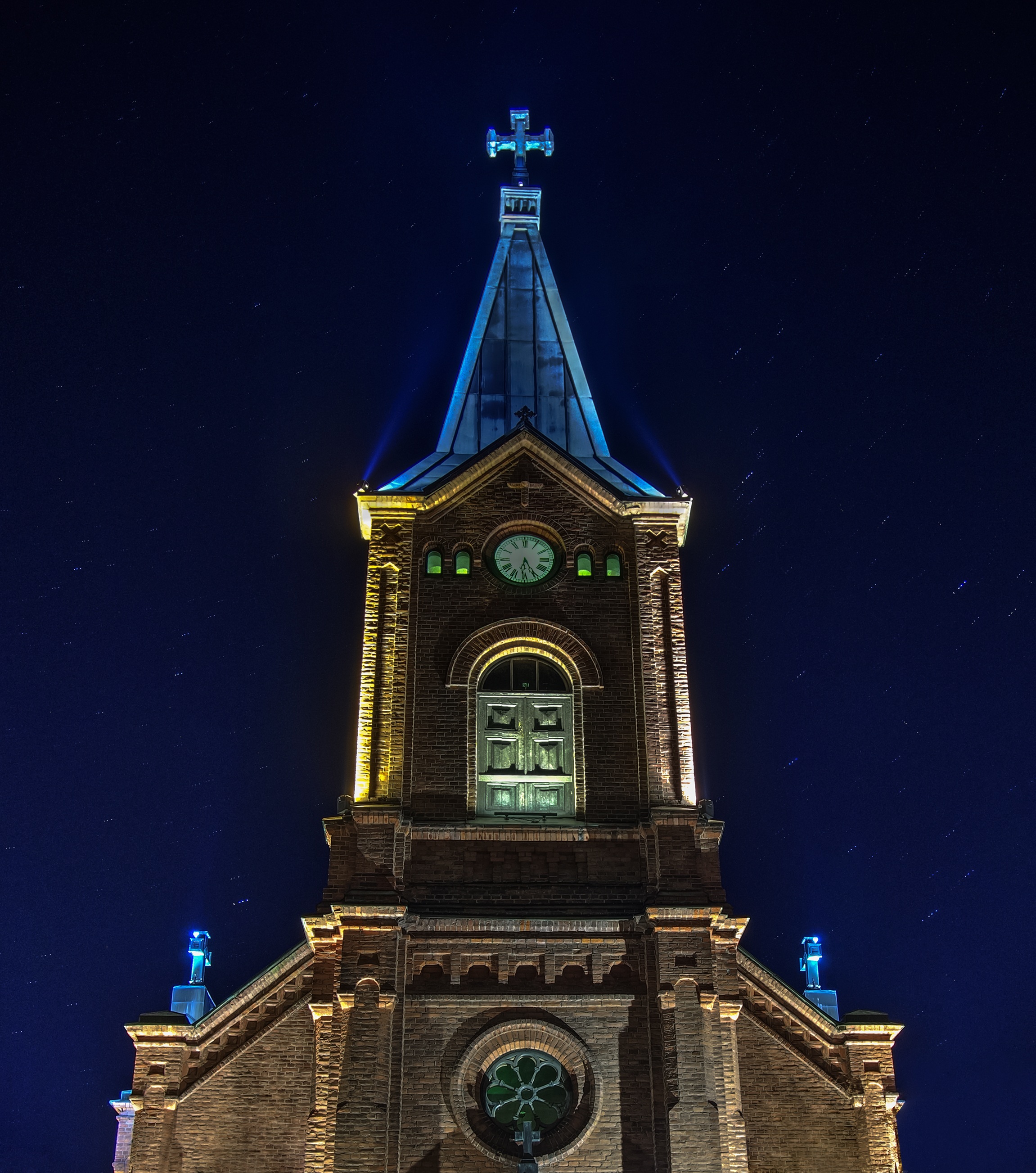
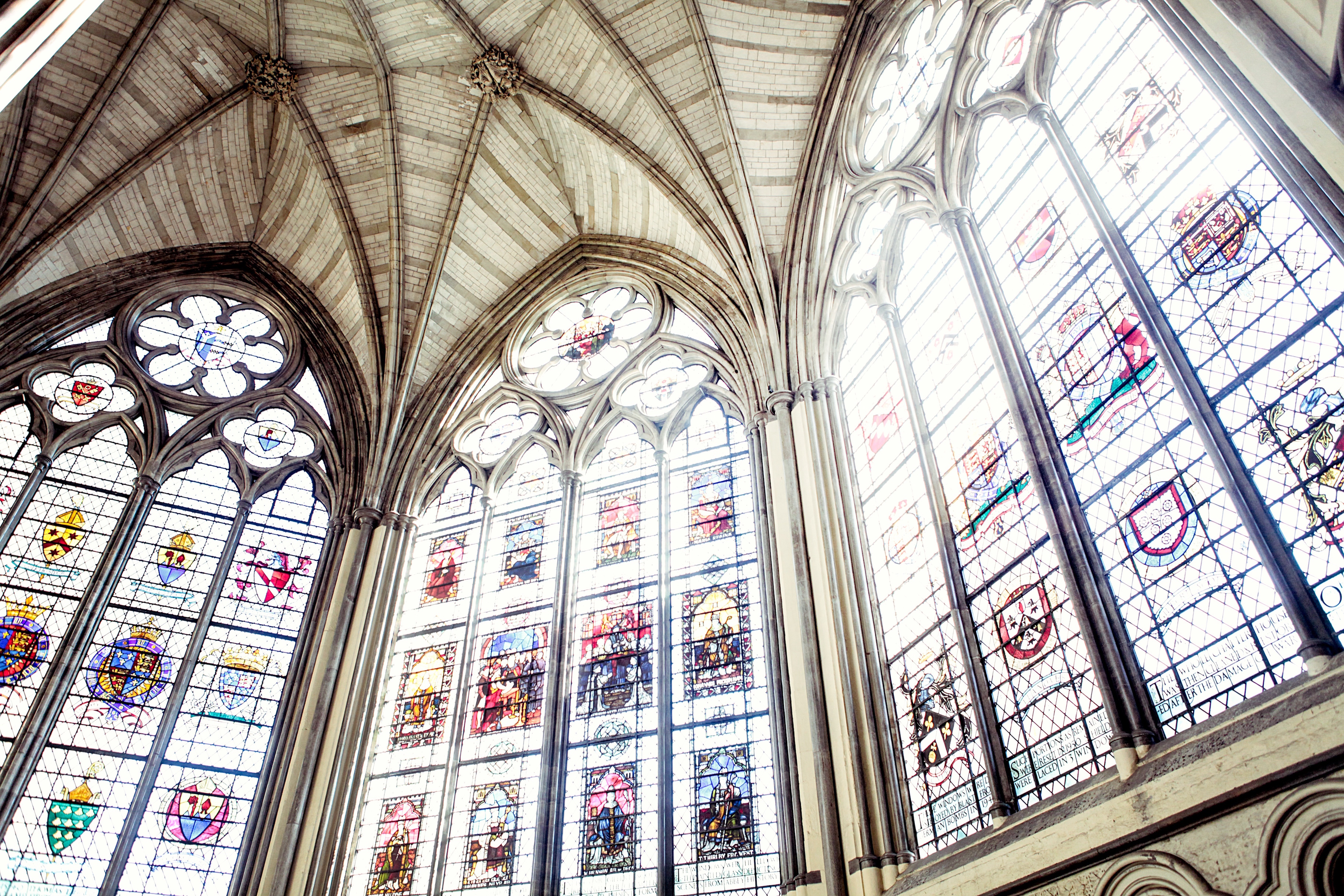

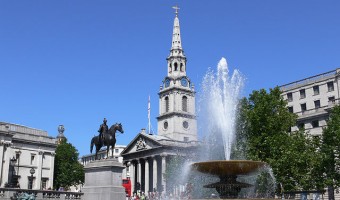
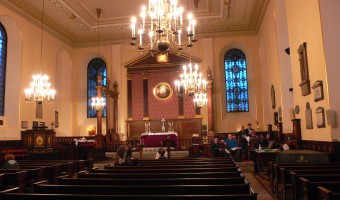
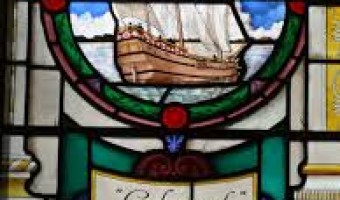
 Load more triptoids
Load more triptoids